I sometimes catch myself using these two words interchangeably, and hear them being used by others like this. I feel I am being imprecise and possibly misleading? Is it that one is more ‘flavour of the month’ or is one more impressive? Clarification is needed about the real meaning of these words – even if only in my own mind, so I eliminate sloppiness in my thinking, actually say what I mean, and make clear distinctions for others.
A predictable place to start is with dictionary definitions.
Engagement:
- An agreement to marry; A betrothal
- A pledge
- A promise to be present at a certain time and place
- Employment, especially for a stated time
- Hostile encounter between military forces
Communication:
- A verbal or written message
- The use of a common system of symbols, signs, behaviors etc for the exchange of information
- Techniques for the effective transmission of information or ideas
Immediately at the roots of these words the distinctions seem clear; engagement implies a two-way relationship with mutual obligations whereas communication is about the transfer of information and ideas, which may or may not be relationship based.
An organizational context where these two words are used frequently is in the areas of employee and stakeholder relations. It is here where it seems that the root meanings have become embellished with use over the last two decades, particularly in the management literature.
As I graze the literature I find much food for thought. Mary Welch, of the Lancashire Business School, provides a comprehensive overview of the evolution of the use of the term employee engagement. It appears that the debate amongst academics and to some extent practitioners is whether employee engagement is an attitude, a psychological or motivational state or a personality trait. This seems a big leap from a word to describe a relationship!
Welch arrives as a definition of employee engagement as,
“a dynamic, changeable psychological state which links employees to their organizations, manifest in organization member role performances expressed physically, cognitively and emotionally, and influenced by organization-level internal communication.”
In layman’s terms, engagement in the context of organizations and their employees is about the quality of the relationship (defined by how people feel, think and behave) that exist between them which in turn impacts on the performance of the people and ultimately the performance of the organization. There are strong parallels with this interpretation in the arena of stakeholder engagement.
The quality of the relationship between employees and the organization are influenced by many factors. Good quality internal communication such as clear messages from senior managers and leaders about the direction and vision for the organization and how people contribute to that by what they do. Unsurprisingly poor communication (ability to communicate well, style, medium, frequency, topics etc) is a barrier to employee engagement and can lead to disengagement and poor performance in the workforce.
In summary, communication is the key to engagement of employees. Quality employee engagement is where employees feel part of meaningful work in an organization, that knows where it is going and cares about them as people, which in turn fosters in employees an attitude of ‘going above and beyond’ which is reflected in performance.
Jill Tideman







